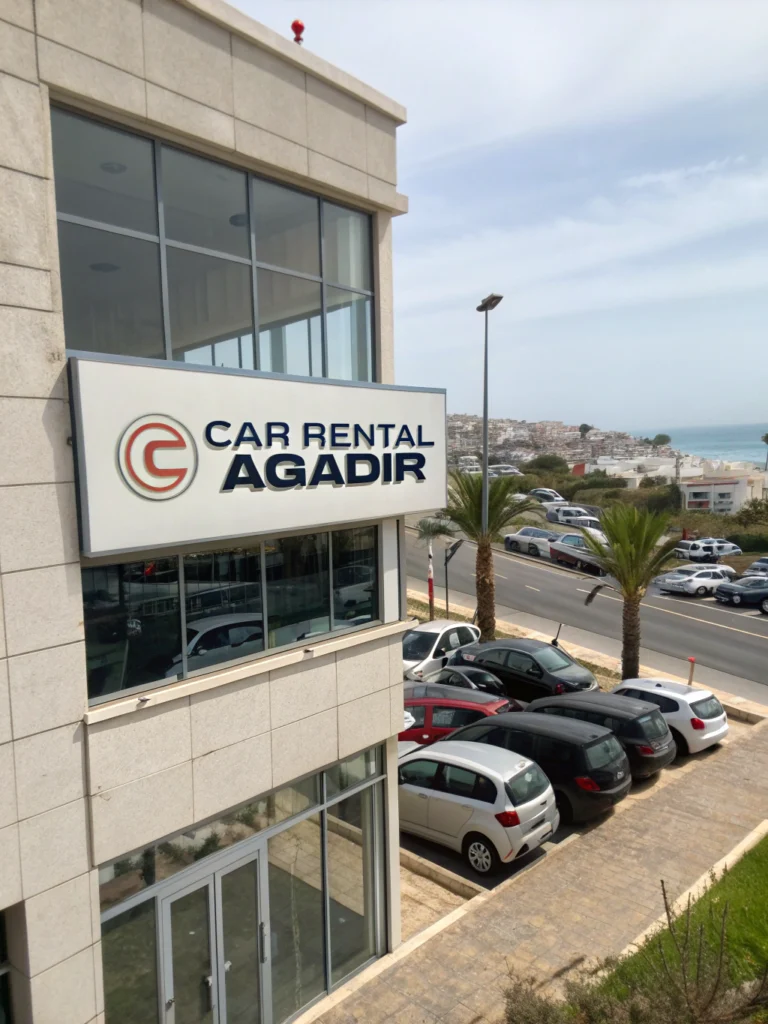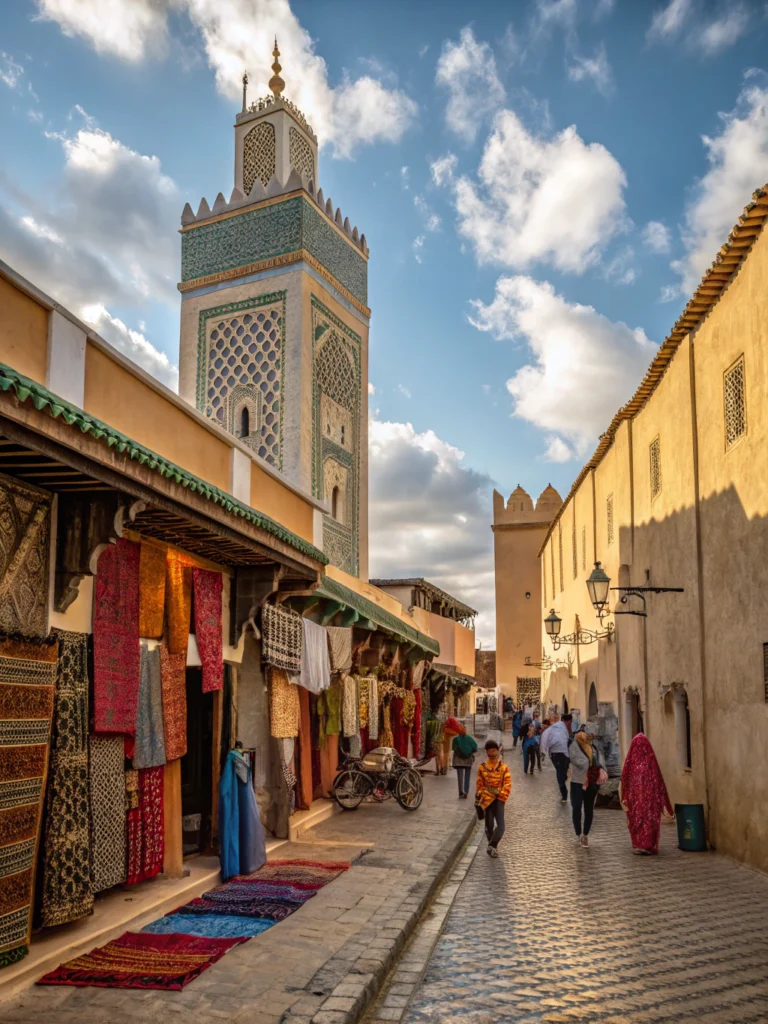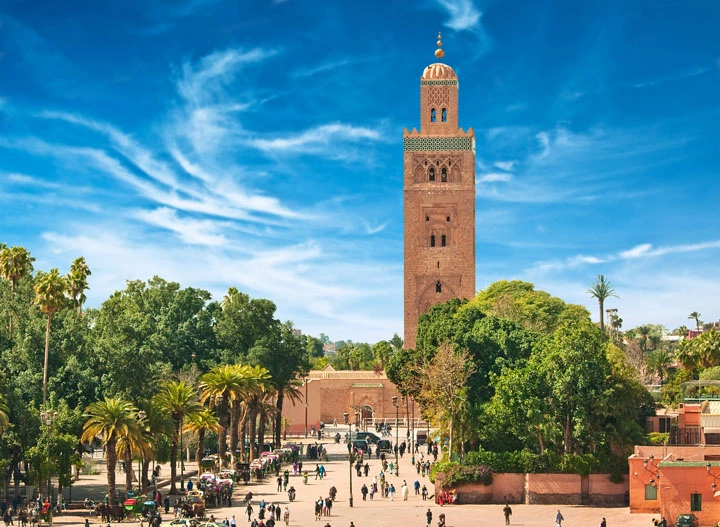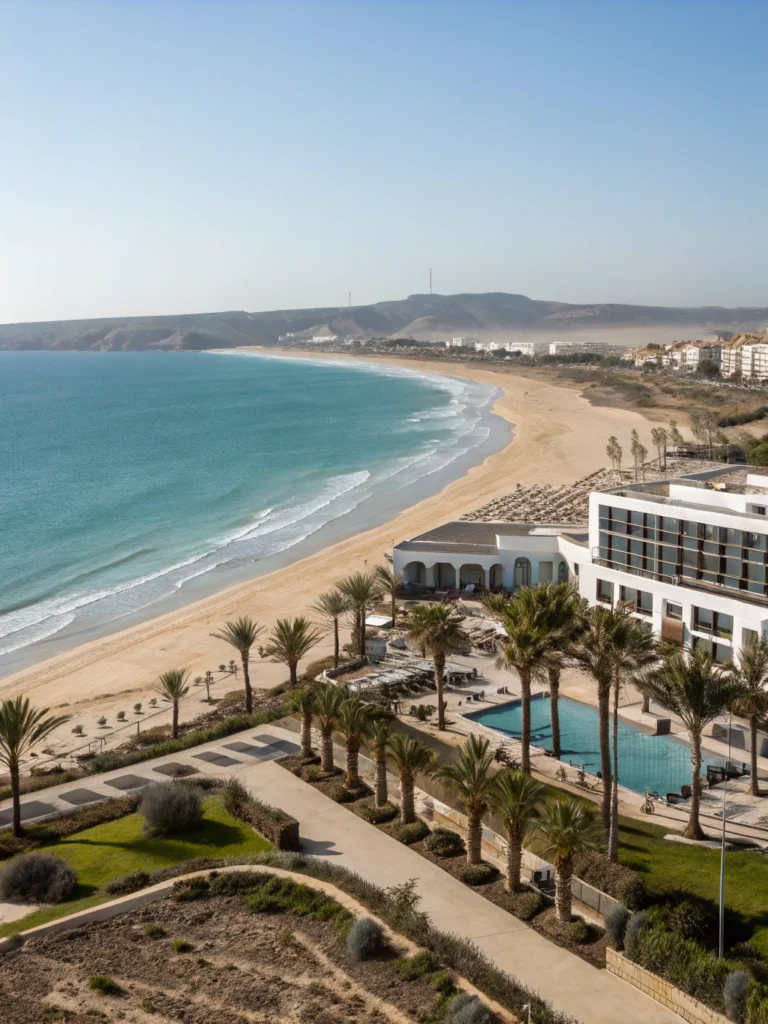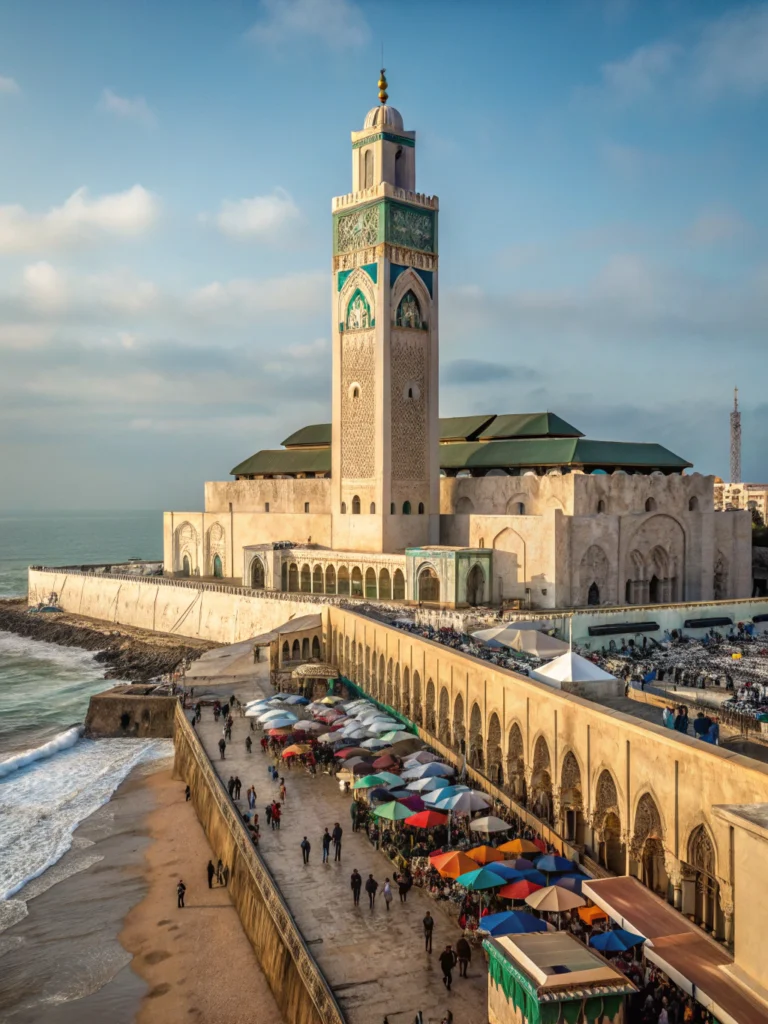Rabat Time Uncovered: 5 Insider Tips for an Amazing Visit to Morocco’s Capital
Table of Contents
Discovering Rabat’s Timeless Charm
Picture yourself on the ramparts of the historic Kasbah of the Udayas, the ocean air cool on your face as the sun melts into the Atlantic in a blaze of amber light . Around you, the white and blue walls of the fortress glow warmly, while the distant call to prayer echoes through the labyrinthine streets. This is Rabat—Morocco’s understated capital, where history whispers through every alleyway and modernity hums along its palm-lined boulevards.
Unlike the bustling energy of Marrakech or the historic charm of Fez, Rabat captivates with quiet elegance and understated allure . Instead, it invites you to slow down, to savor mint tea in a sunlit courtyard, to lose yourself in a medina free of overwhelming tourist crowds. But to truly experience its magic, you’ll need more than just a map—you’ll need the right timing, local insights, and a sense of adventure.
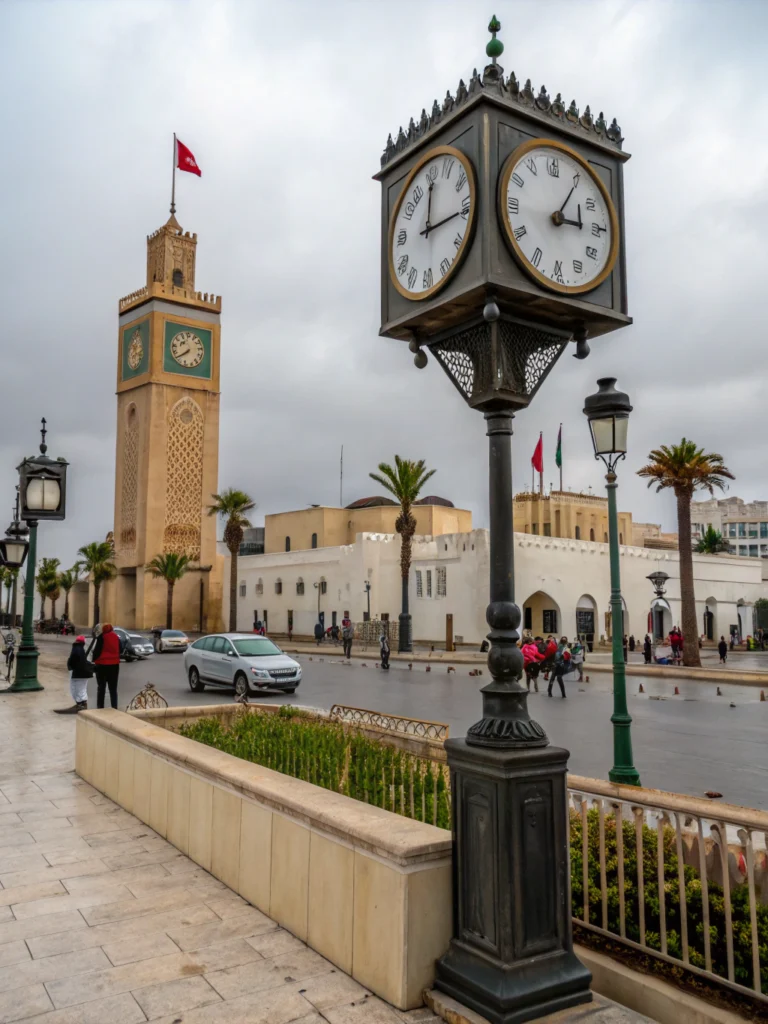
Whether you’re a history buff, a food lover, or simply seeking a city that blends tradition with contemporary ease, these five essential tips will help you make the most of your Rabat time.
Before to deep dive on the details, if you are interested to visit Rabat :
Book your affordable flight here.
Book your preferred hotel here.
1. Plan Your Visit Around Rabat’s Best Weather
Rabat’s Mediterranean climate means mild winters and warm summers, but timing your visit right can make all the difference between a pleasant stroll through the medina and an exhausting trek under the scorching sun.
Ideal Seasons for Visiting Rabat
- Spring (March–May) – The city awakens with blooming jasmine and orange trees. Temperatures hover between 18–25°C (64–77°F), perfect for exploring outdoor sites like the Andalusian Gardens or the Chellah ruins without breaking a sweat.
- Fall (September–November) – Summer crowds thin out, and the heat mellows into a comfortable 20–28°C (68–82°F). This is prime time for coastal walks and café-hopping.
- Summer (June–August) – While Rabat’s coastal location keeps it cooler than inland cities like Marrakech, midday temperatures can still reach 30–35°C (86–95°F). If you visit in summer, plan activities for early mornings or evenings.
Monthly Weather Breakdown
| Month | Avg. Temp (°C) | What to Expect |
|---|---|---|
| March–May | 18–25 | Ideal for sightseeing, fewer tourists |
| June–August | 25–35 | Hot; best for beach trips at sunrise/sunset |
| September–November | 20–28 | Perfect weather, great for cultural tours |
Pro tip: If you’re visiting in Ramadan, note that many restaurants close during daylight hours, but the city comes alive with festive energy after sunset.
2. Must-Visit Landmarks in Rabat
Rabat’s rich history is etched into its architecture, from crumbling Roman ruins to grand royal mausoleums. These are the places you shouldn’t miss.
Top 5 Must-See Spots
- Hassan Tower & Mausoleum of Mohammed V – The towering minaret of an unfinished 12th-century mosque stands beside the intricately decorated tomb of Morocco’s beloved king. The white marble and gold leaf interiors are breathtaking.
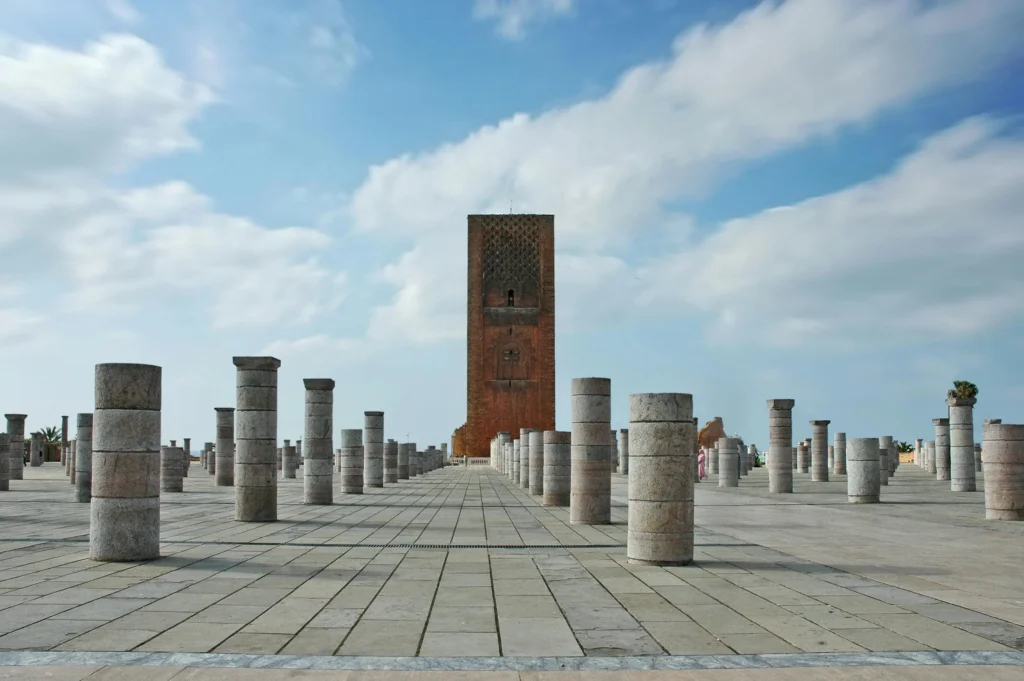
- Kasbah of the Udayas – A fortress of blue-and-white alleyways, ocean views, and hidden cafés. Don’t miss Café Maure for mint tea with a side of sunset panoramas.
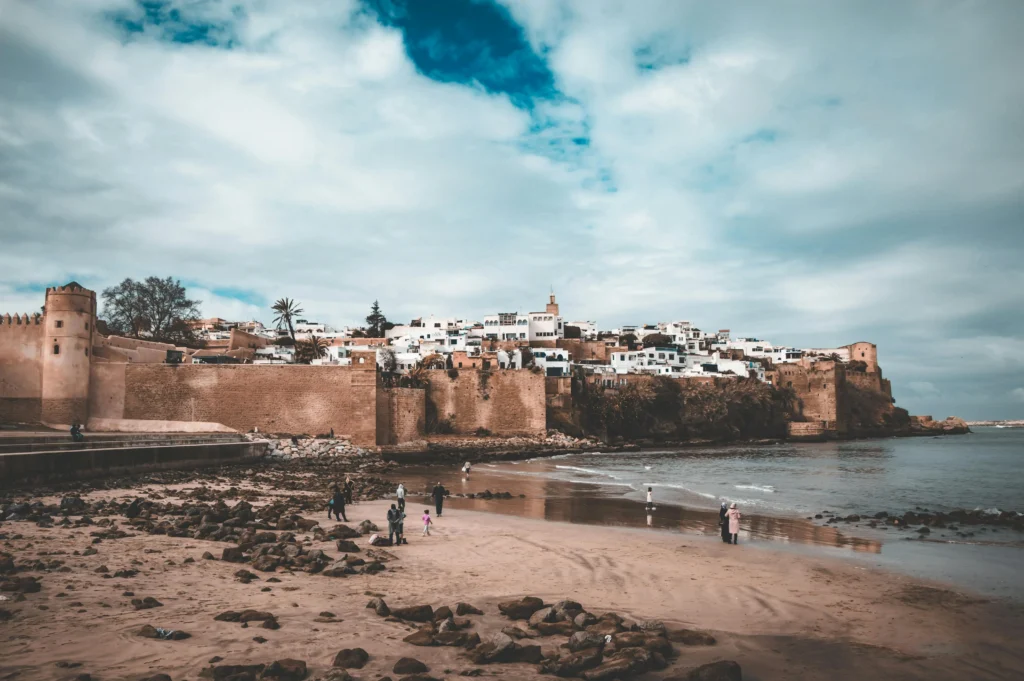
- Chellah Necropolis – Overgrown Roman and Islamic ruins where storks nest atop ancient pillars. Visit in spring when the gardens burst with flowers.
- Rabat Medina – Unlike the chaotic medinas of Fez or Marrakech, Rabat’s old town is relaxed and authentic. Hunt for ceramics, leather goods, and spices without the hard sell.
- Andalusian Gardens – A peaceful retreat with fountains, fruit trees, and the occasional peacock strutting by.
Insider advice: Hire a local guide at the Kasbah or Chellah. They’ll share stories you won’t find in guidebooks, like the legend of the Chellah’s sacred eels.
3. Savor Rabat’s Culinary Delights
Rabat serves up the full spectrum of Moroccan gastronomy, from sizzling street-side snacks to refined gourmet experiences, each one a sensory journey. Here’s what to try—and where.
Must-Try Dishes
- Harira – A hearty tomato-based soup with lentils and chickpeas, traditionally eaten to break Ramadan fasts. Try it at Restaurant Dar El Medina.
- Pastilla: a delicate, layered pastry traditionally stuffed with spiced pigeon or chicken, sweetened almonds, and a hint of cinnamon. Find the best at Dinarjat, a restaurant set in a restored riad.
- Fresh Seafood – Head to the Bouregreg Marina for grilled sardines or Le Petit Beur for seafood pastilla with a view.
How to Make Authentic Moroccan Mint Tea
No visit to Morocco is complete without sipping this sweet, fragrant staple. Here’s how it’s traditionally prepared:
| Ingredients | Quantity |
|---|---|
| Gunpowder green tea | 1 heaped tbsp |
| Fresh mint leaves | 1 large bunch |
| Sugar | 3–4 tbsp (adjust to taste) |
| Boiling water | 2 cups |
- Rinse the tea leaves with a splash of hot water to reduce bitterness, then discard the water.
- Add fresh mint and sugar, then pour boiling water over the leaves.
- Let it steep for 5 minutes, then pour from a height to create a frothy top.
- Serve in small glasses and enjoy slowly—Moroccans never rush their tea.
4. Navigating Rabat Like a Local
Rabat is compact and easy to explore, but knowing the best transport options saves time and hassle.
Getting Around Efficiently
- Tramway – The fastest way to cross the city (6 DH per ride). Lines link the medina to the Ville Nouvelle (new town) and beaches.
- Petit Taxis – Small red cars that operate on meters. Always confirm the driver uses it—or agree on a price beforehand.
- Walking – Many attractions, like the Kasbah and Hassan Tower, are within walking distance of each other.
Avoid: Grand taxis (shared rides to nearby cities) unless you’re heading to Casablanca or Salé.
5. Insider Tips for an Unforgettable Rabat time Experience
To truly experience Rabat like a local, keep these lesser-known tricks in mind.
Pro Tips for Visitors
Bargain with a smile – Haggling is expected in the medina, but keep it friendly. Start at half the asking price.
Dress modestly near religious sites – Cover shoulders and knees when visiting mosques or the Mausoleum.
Visit the Rabat Beach at golden hour – Locals flock to Plage de Rabat at sunset for football games and picnics. Join them!
Learn a few Arabic or French phrases – A simple “shukran” (thank you) or “bonjour” goes a long way.
Hidden gem: The Oudayas Museum inside the Kasbah houses rare Moroccan musical instruments and jewelry, yet few tourists stop by.
Make the Most of Your Rabat Time
Rabat time moves differently here – it’s a rhythm of unhurried discovery that lingers in sun-dappled courtyards and lingers over steaming glasses of mint tea. While Marrakech buzzes with frenetic energy and Fez overwhelms with tourist crowds, Morocco’s capital invites you to sync with its gentle tempo. This is where you’ll find authentic moments unfolding at their own pace: fishermen patiently repairing nets along the Bouregreg at golden hour, the intoxicating perfume of orange blossoms drifting through the Andalusian Gardens, ancient walls resonating with the melodic call to prayer as day softens into evening.
To truly experience Rabat time, you’ll want to visit during the sweet spot between seasons, seek out both iconic sites and hidden corners, savor every spice-infused bite, and navigate the city with local wisdom. When you embrace this approach, Rabat reveals its soul – not through rushed checklists, but through stolen conversations in sunlit cafés and unexpected encounters in the medina’s quieter lanes.
FAQ – Your Rabat time Travel Questions Answered
When is the best Rabat time to avoid crowds?
Early mornings (8–10 AM) and weekdays are ideal. Major sites like the Kasbah and Hassan Tower are quieter then.
Is Rabat safe for solo travelers?
Yes, it’s one of Morocco’s safest cities. Stick to well-lit areas at night and watch for pickpockets in the medina.
How many days do I need in Rabat?
You can comfortably take in Rabat’s top sights over two to three days, without feeling pressed for time. Add an extra day if you want day trips to Salé or the nearby beaches.
Can I drink tap water in Rabat?
Stick to bottled water to avoid stomach issues, even though tap water is technically treated.
What’s the best way to exchange money?
Avoid airport exchanges—banks or ATMs in the Ville Nouvelle offer better rates.



